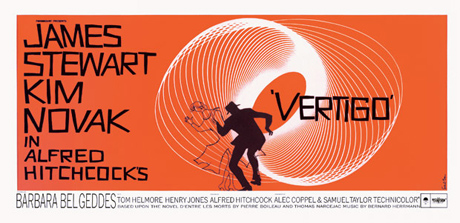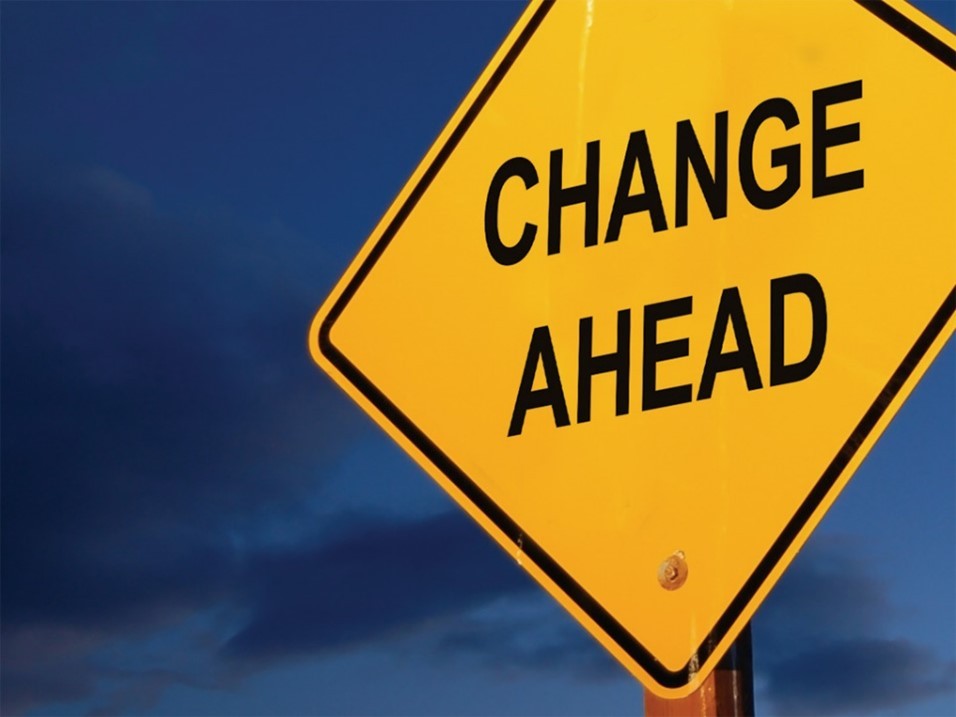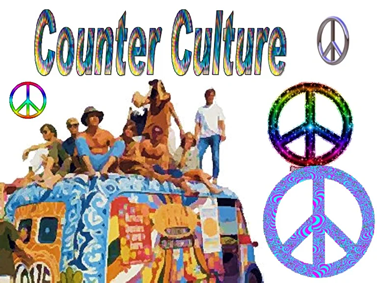
Organisational Vertigo: the void that attracts change
Among the many situations that can generate the need for change, that of a reduction in living space or that of a loss of position income can be among the most painful and upsetting for an organization or a team. Change brings with it the need to review one’s vision, mission, structure and therefore strategy. So far nothing new. Reading a nice article by Valerio and Luciano Traquandi on cultural transformations and the role of marginality in change (Change Management: the key role of marginality), I was struck by the emphasis on the opportunity of ’emptiness’ (or, if you prefer, of space) as an element that can favor the dynamics of transformation.
One of the anxieties that, even personally, I have seen expressed in the face of the implementation of an organizational change is that of defining, clarifying and communicating processes, schemes, roles in the utmost detail in the belief that colleagues, finding all clear and expressed, they could immediately embrace the change. And in fact, a change of form (of location, of tools, of practices) certainly stimulates a change of substance (of behavior, of culture). Luciano and Valerio, however, warn us against a temptation: that of erasing the past and not letting the ‘loss’, the change of identity, be perceived. The deep push for change could, on the other hand, lie precisely in the loss, in the space that expresses the difference between the past and the present, “as if the deconstruction allowed the potential to express itself only when a void is created, which in its vault can be filled if people are given the opportunity to reflect on themselves and redefine their role. It is therefore advisable not to seek total planning and organization of the change process, leaving these strategic gaps to be created. ”, They tell us.
We have explored this possibility of expressing one’s contribution to change also, and not only by reflecting on one’s role, on several occasions in #ilteamgiusto with Paolo Chinetti. We find it in the development of mental models, in the creation of the team’s transactive memory, in the sense of cohesion and in the climate, in the development of collaborative behaviors, in the dialoguing management of fault lines.
If the team is able to develop and share a cooperative culture, then the theoretical framework of change can translate into effective practical implementation. Leadership is not enough, even though aware and yet involved in the conceptual development of the model of change, a generalized organizational acculturation and the ability to listen to the message that comes from the involvement of all layers of the organization are needed. It can be a long process, and listening must never stop. The Traquandi cite the Austro-French sociologist Erhard Friedberg, and his idea of ’cultural dissemination’ as “a strategic action in times of change.”
And again, these elements allow “the generation of ideas from below and an opening to the contributions of marginal elements, whose inclusion and / or structural elimination [could risk] nullifying their added value. The recognition of internal diversities can therefore act as a starting point for an integration – which differs from assimilation or inclusion – [which turns out to be] the attempt to identify points of contact, a way to go for self-awareness that act as an initiator of change. “.
It may happen that dissent, which apparently can question change, in reality, precisely because it becomes a form of free expression of one’s own interpretation of the needs of the team or organization, ends up strengthening and consolidating it. Luciano and Valerio even speak of a ‘distributed counterpower’ that strengthens change through creativity and divergence. It is clear that listening allows you to reduce the conflictual potential of these expressions and creates the conditions of psychological safety so that feedback can actually express needs before they turn into criticisms and requests before they wither into claims. Again our authors “To the importance of sharing the ultimate goal is therefore added a disagreement on how it can be achieved. Thus, dissent or criticism must be analyzed taking into account the underlying motivations and the ways in which they relate to what is criticized. “.
The domination created by the sense of cohesion, by the climate and by a context of psychological security can, therefore, make a ‘void’ acceptable in the design of change, a minimum level of destabilization and deconstruction that stimulates reflection and creativity and, above all, , allows to reinterpret these ‘limitations’ in a constructive and functional way.
John Kotter’s beautiful intuition in XLR8 goes in this direction, proposing to combine the hierarchical design of the organization chart with a reticular design of the network of free influences that can strengthen and, in fact, accelerate the process of change.
John Kotter’s beautiful intuition in XLR8 goes in this direction, proposing to combine the hierarchical design of the organization chart with a reticular design of the network of free influences that can strengthen and, in fact, accelerate the process of change.




